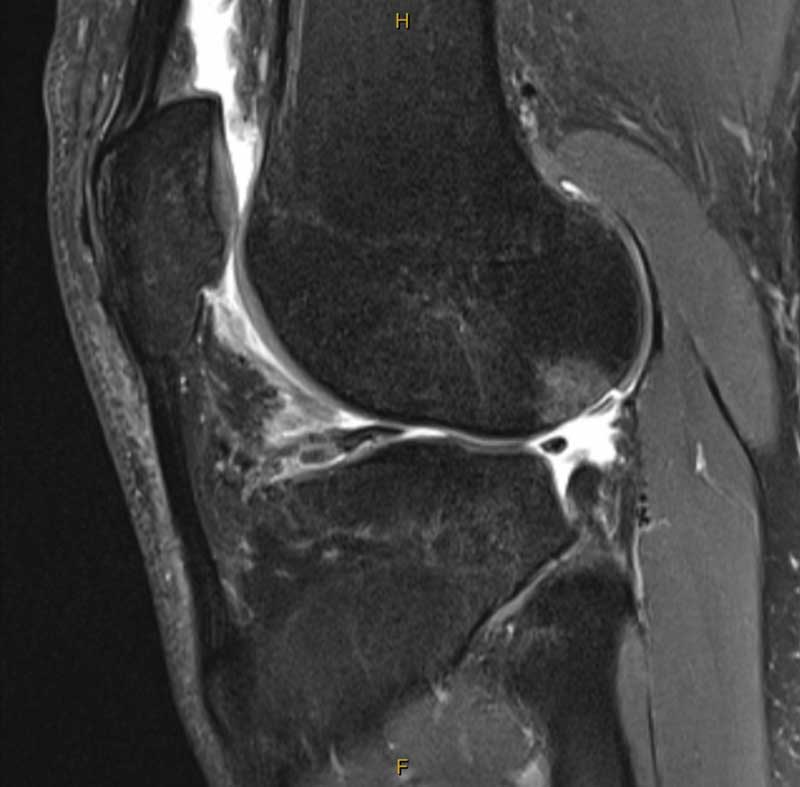In last year’s June blog, we discussed who needs to have an ACL reconstruction. The main reason to undergo an ACL reconstruction is to have a stable knee and to be able to return to pivoting sports. However, the ACL provides protection for other critical knee structures, particularly the meniscus (“shock absorbers”) and the cartilage (the lining or the” gristle” of a joint). As mentioned in that blog, often, the second injury after suffering an ACL tear can lead to these structures.
This was well illustrated in two patients I’ve seen recently. The first was a young female footballer who had an injury suspicious of an ACL tear but appeared to have had only minor damage. She eventually had a more severe injury and presented with a “locked” knee. In addition to tearing the ACL, she suffered a displaced meniscus tear that blocked the knee from fully straightening. That person required an ACL reconstruction, and the meniscus was repaired.
The other patient was an older footballer who tore his ACL last year, documented with an MRI scan. He rehabilitated and returned to running and working out at the gym without any difficulty. Because of work commitments, he was keen to avoid surgery. However, he still wanted to play football and was advised to “see how you go”. Unfortunately, his knee gave way, and he tore both menisci and extensively damaged the cartilage of his knee.
So the other main reason we reconstruct the knee apart from returning to pivoting sports is to protect other vital structures in the knee.


